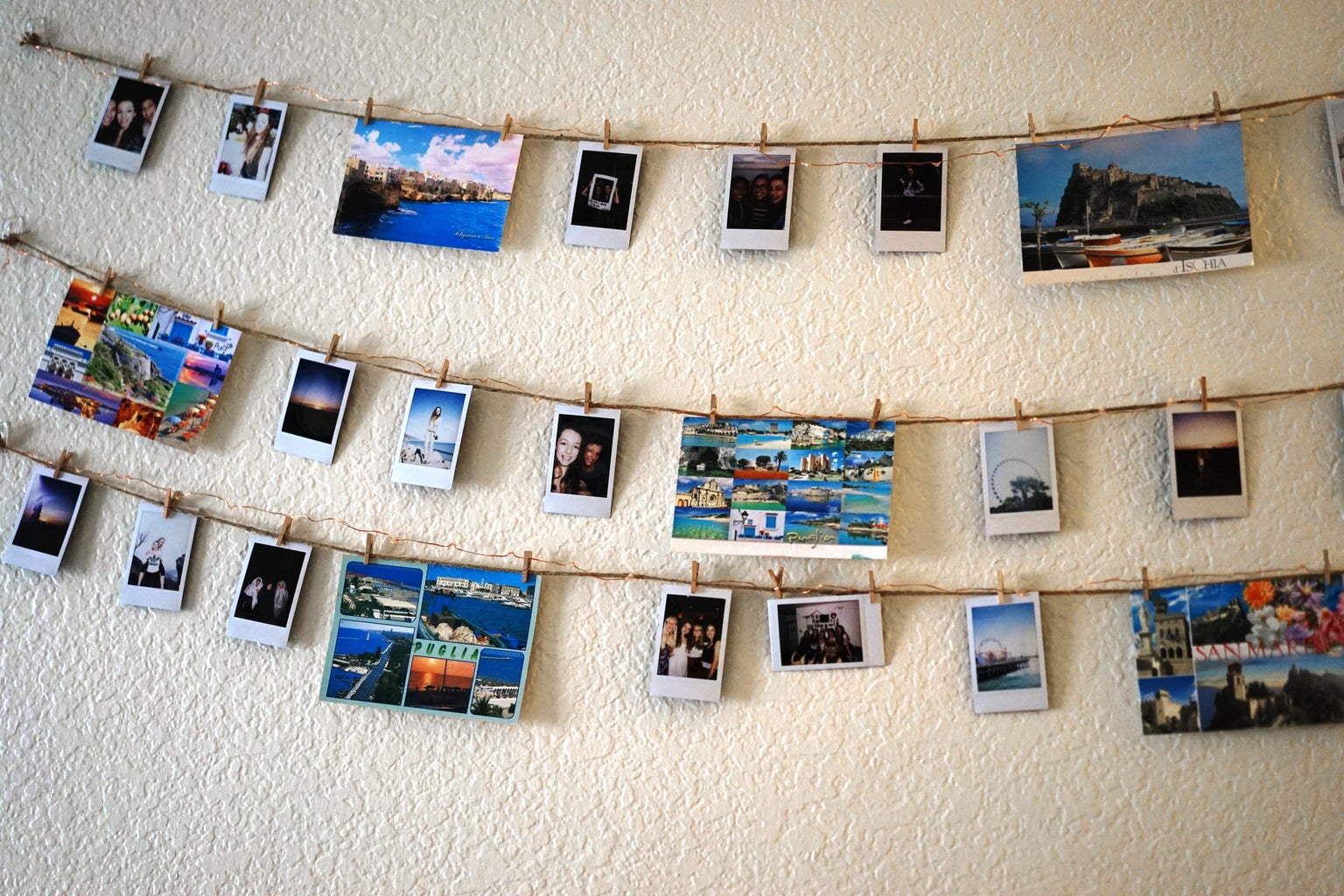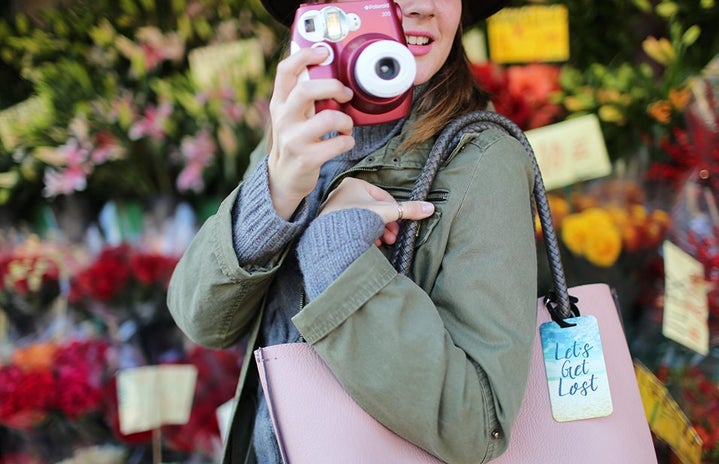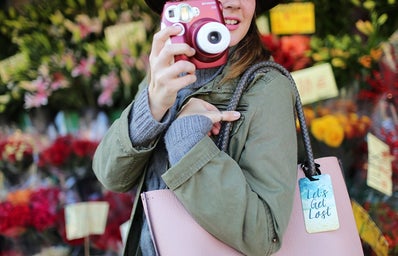The polaroid camera trend has been around since at least the mid-2010s. I’m sure for many of us, the cute retro-looking cameras were one of the top items on our birthday wish-lists in middle school. Maybe you took a few photos, fell in love with the style and have now amassed a wall full of memories taped up in your bedroom. Or maybe, you took a few photos, most of them turning out fuzzy/too dark and ended up putting the camera in your desk drawer where it has stayed ever since. If you are part of the second group, I feel your frustration. When I first started using my polaroid camera, I was frequently disappointed by the quality of the photos it created. I wanted perfect, one-of-a-kind moments and instead got messy-looking photos that seemed like a waste of film. It wasn’t until I took a film photography class, that I began to understand the way the instant polaroid cameras work. We don’t all have the time to take photography classes, however, so here are three easy tips for upgrading the quality of your polaroid photos.

1. Shake [shield] it like a polaroid picture
Many people believe you need to shake the polaroids after they come out of the camera in order to achieve a better-looking picture. Despite what Outkast may say in “Hey Ya!”, this is actually a myth. The thought isn’t completely unfounded, however, since in film photography a central part of development is shaking the film roll in a solution of chemicals. However, the whole concept of polaroid cameras was to allow users to produce photos instantly without having to go through the tedious process of developing them. If you’ve ever taken the time to look at the back of a polaroid photo you will notice a strip of material at the top and bottom warning users not to put the photo in their mouth. As it turns out, spread across the back of the film are all the developing chemicals needed to create your photo (which would be dangerous to ingest). So shaking the photo may give you an arm workout, but won’t actually do anything for its development. Instead the best thing you can do is place the photo upside down, or in your pocket to shield it from light. Polaroids may take up to 10 minutes to completely finish developing. During this time the film can still be sensitive to light, so keeping it in the dark can preserve the photo’s clarity and ensure it doesn’t become overexposed.
2. Inside Lighting is darker than you think
Getting the right shutter speed is one of the most important components to producing a great polaroid picture. When the lighting is very bright, a faster shutter speed is better since it keeps the film from getting overexposed. When the lighting is dim, a longer shutter speed should be used in order to give the film more time to absorb the light and discern the outlines of your subject. More expensive polaroid camera models will automatically select which shutter settings are best for your environment. The most common polaroid camera (Instax Mini) isn’t so fancy and has a dial you must physically move in order to adjust the shutter.
The dial ranges from “Indoor” (house) → “Cloudy” → “Bright” → “Super Bright.” The camera will try to guide when to use which shutter speed by flashing a light next to the setting it thinks you should use. This dial is imperfect, however, and especially for indoor lighting the “house” setting still seems to frequently underexpose photos.
Why does this happen? The lighting inside is actually a lot dimmer inside than you think it is. Outside, the sun is a pretty powerful light source that distributes light relatively evenly across the sky. However, in your living room or kitchen, the light tends to concentrate around the illuminated lamp/bulbs leaving shadows and pockets of darkness.
This is why I frequently use the “Hi-Key” setting when I’m inside. The “Hi-key” setting isn’t as well known, since for some reason this setting doesn’t have a corresponding space for the camera to indicate its use. Not only does “Hi-Key” have the longest shutter time, but it also has the largest flash, which ultimately allows for better film exposure in dark settings! So, the next time you are inside, or in near darkness, definitely use this hack as a way to achieve better clarity and brightness in your photos.
3. Choose your friend with the Longest arms for selfies
Admittedly taking selfies on your polaroid camera can be hard. The modern photo-taking style doesn’t quite translate to the retro camera since there is no screen allowing you to tell exactly who will end up in the frame. That being said, selfies on your polaroid can be really cute, one-of-a-kind photos, that perfectly capture a fun moment with your friends!
Aside from accidentally cropping out a head or two from the photo, the other big problem with taking selfies on your polaroid can be accidentally overexposing your face. Regardless of the lighting, polaroid cameras are designed to always use flash. This helps the camera reach objects that aren’t immediately in front of it. This can be a problem when taking a selfie since your face isn’t far away at all, but inches from the camera lens! Thus, the flash tends to bleach out your face, making you look like a ghost, while your friends behind you are normal. To avoid this I would recommend selecting your friend with the longest arms to hold the camera as far away as possible from the group. This will ensure the flash doesn’t shine too brightly on all of your faces, and may also allow for more people to be part of the shot!



